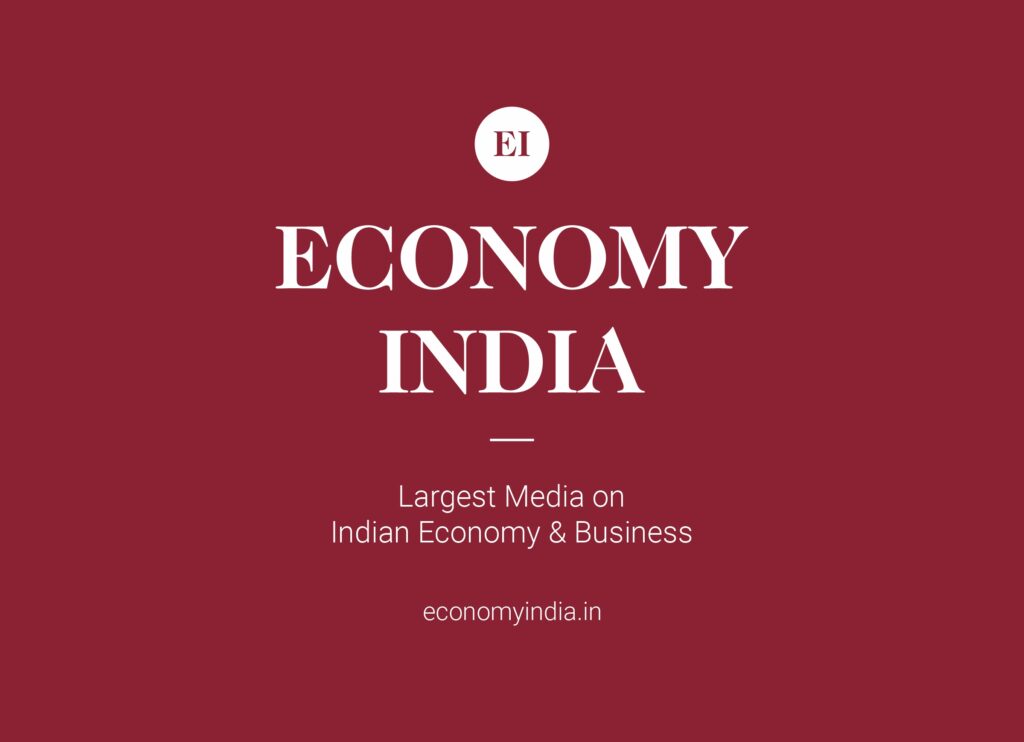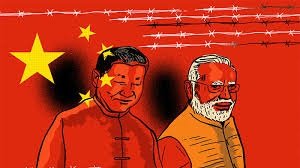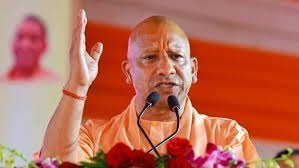📍NEW Delhi [Economy India] ; India and New Zealand have officially commenced the second round of negotiations on their proposed Free Trade Agreement (FTA), aimed at significantly enhancing bilateral trade, investment, and economic cooperation. The negotiations, which began on July 14, will continue through July 25, according to a senior official familiar with the development.
The move is part of India’s broader strategy to deepen trade relationships with strategic global partners, strengthen its export ecosystem, and attract high-quality foreign direct investment (FDI).
“The FTA framework is designed to reduce trade barriers, encourage investment flows, and strengthen India’s economic engagement with the South Pacific region,” the official stated.
🤝 Strategic Goals of the FTA
The proposed agreement seeks to build a robust framework for trade and cooperation across multiple sectors, including:
- Tariff reduction or elimination on key goods
- Market access for services such as IT, healthcare, education, and fintech
- Investment facilitation and protection mechanisms
- Collaboration in agriculture, food processing, and dairy technology
- MSME integration and supply chain resilience
📈 Why the India–New Zealand FTA Matters
Although bilateral trade between the two countries remains modest (around $2.5 billion annually), both sides recognize strong potential in key areas such as:
- Agri-tech and food security
- Clean energy partnerships
- Education and skill exchange
- Tourism and aviation
- Green technology innovation
For India, the deal could open a high-value export market in Oceania, while New Zealand may gain wider access to India’s large and diversified consumer base.
🌐 Part of India’s Global Trade Strategy
The FTA talks come at a time when India is aggressively expanding its global trade footprint. In the past two years, India has:
- Signed FTAs with Australia and UAE
- Revived stalled negotiations with European Union, UK, and Canada
- Diversified supply chains under the Production-Linked Incentive (PLI) schemes
This proposed India–New Zealand trade deal is part of India’s “Act East” and “Global South Engagement” policy, aiming to promote equitable, rules-based, and inclusive global trade.
🏛️ What’s Next?
If finalized, the agreement could include provisions for:
- Digital trade standards
- Intellectual property rights (IPR) cooperation
- Sustainable development goals (SDG) alignment
- Mutual recognition of standards and qualifications
Further technical negotiations and stakeholder consultations are expected post the July round. A joint statement or draft framework may be released later this year.
🧭 Conclusion: New Horizons in Indo-Pacific Trade
The India–New Zealand Free Trade Agreement holds potential to reshape regional trade dynamics in the Indo-Pacific. By forging deeper economic ties with nations like New Zealand, India not only secures new growth avenues but also reinforces its position as a trusted global trading partner.
With strong political will, strategic alignment, and a commitment to economic openness, this FTA could mark the beginning of a new era in South-South cooperation and inclusive globalization.
[Economy India]
Source [PTI]















